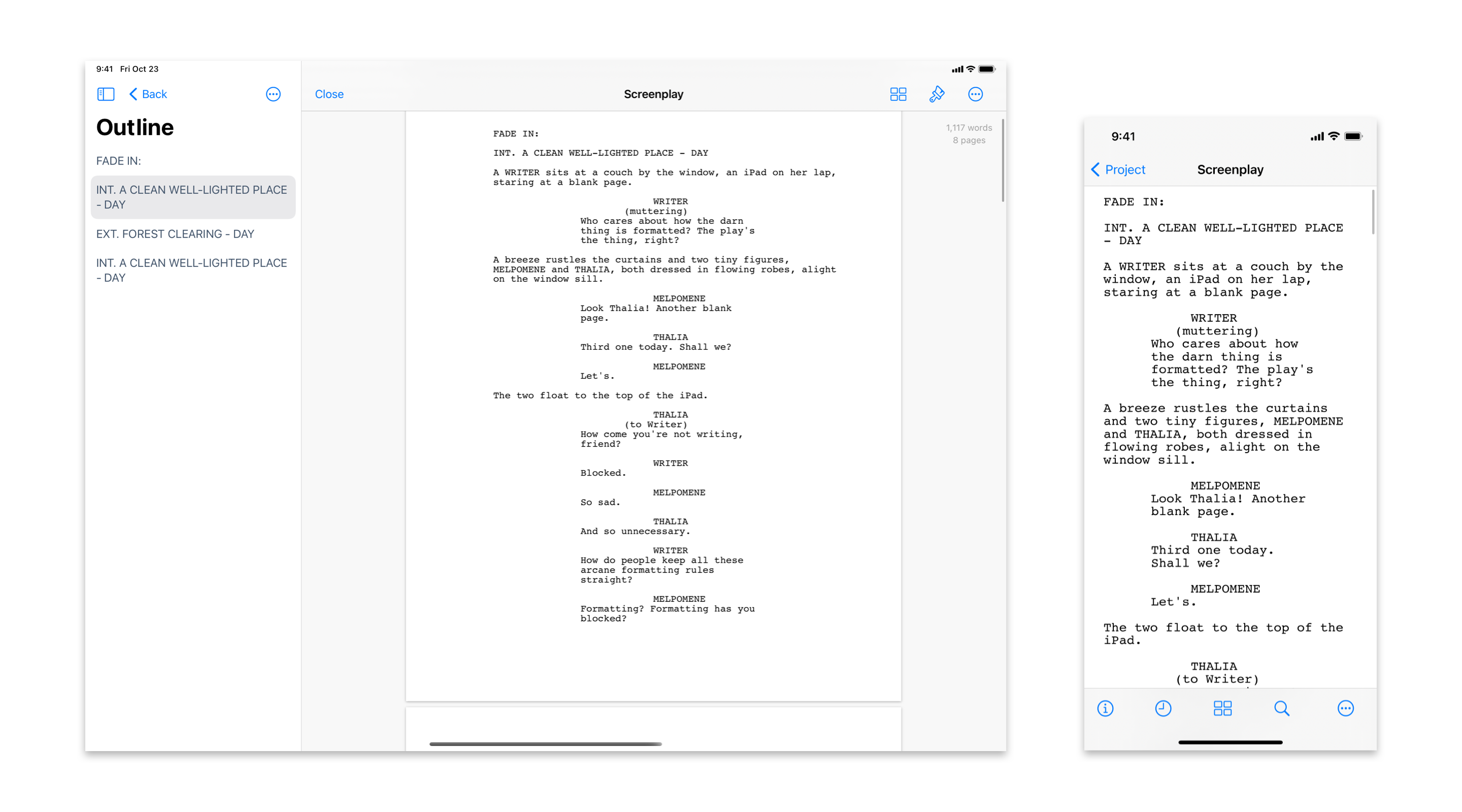

The Project View is a list of elements of the project and serves as a both a naming and launching point to access the elements: the manuscript, chapters, settings (locations), characters, images, bookmarks and so on. In a fashion similar to many of these applications, Storyist has a main window that's broken up into three panes: A Project View, The Word Processing View and the Storyboard. In that regard, Storyist is somewhat like StoryMill, but friendlier.
#Storyist tutorial professional
Storyist, on the other hand, expects that the writer is working at a high professional level and honors the writer's need to work at the same high level in terms of mastery - providing commensurate rewards. Scrivener may be easier to approach, but that's deceptive. However, Scrivener, in my view is oriented more towards the management of text while Storyist is a bit more technical and designed to extract benefits for the user by virtue of its features and construction. If I were to compare Storyist to one of the applications previously reviewed, I would say that it's most like Scrivener. Project goal and session goal tracking, in words and time.Autosave with Growl support and named backups.Customizable story sheets for characters and settings.A storyboard with support for virtual index cards and photos.A word processor with the ability to lay out a page as it will appear in print by using style sheets.That means that casual pointing and clicking by the new user won't be as productive as hoped for. In that sense, Storyist also demands that you master its power as well as its nuances. After all, writing a novel or a screenplay is hard work and demands the mastery of a craft. If you take the time to subscribe to and understand the design methodology, then the tool provides much needed leverage for the writer. Second, Storyist employs a methodology that's well considered. Think of it as a finely crafted tool inside of a finely crafted tool: a Macintosh. That is, for most of us Macintosh users, if we were to design a novel writing program, we would want it to create a je ne sais quoi feeling, a sense of excitement, and a feeling of joyous professionalism. First, it's a charming application that creates a sense of excitement about doing what one wants to be doing.
#Storyist tutorial series
One of the things that stood out when I started this series of reviews is that each application has a defining characteristic or two. Storyist requires mastery to exploit fully, but the rewards are great.Ī recap of the novel writing apps reviewed previously was published in May. A major focus is on the creation and linking of the a novel's elements, plot outline, characters and settings. Storyist, for many writers, may be just the kind of application they were expecting. Storyist is the sixth novel (and screenplay) writing application covered in this series of reviews.


 0 kommentar(er)
0 kommentar(er)
